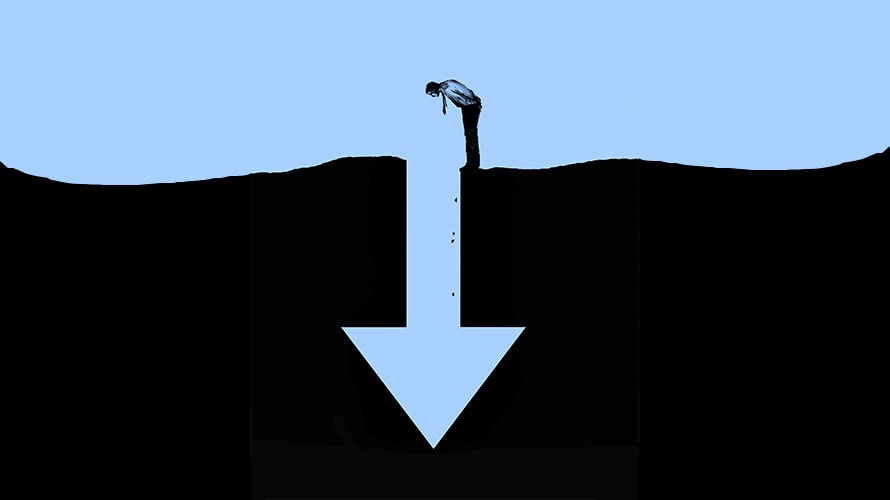- Home
- Economy
How Are You Preparing for the Recession?
A recession is coming, and there is a high likelihood it will happen this year.
Short-term yields moving ahead of their longer-duration counterparts is seen as a sign that growth will be higher now than it will be in the future. New York Fed research considered by many to be seminal on the spread between yields found that the most-telling relationship was between the 3-month and 10-year notes, though many market participants still watch the spread between the two- and 10-year notes, which was about 10 basis points Friday morning.
In plain English, you now earn more interest lending to the government in the short term than you would the long term. That’s upside down, hence ‘inverted’.
Why would anyone be willing to lend money for 10 years at a lower interest rate than they would for just three months?

This is a classic indication of a recession in our near future. We’re actually overdue. These cycles of boom and bust are part of the economic world we live in since the Federal Reserve was created in 1923. The Federal Reserve attempts to manage interest rates and the money supply and thus, economic growth, international trade and unemployment. They don’t do a very good job of it.
So, what are you doing to prepare for the recession?
Some jobs and industries fare better in negative economic environments than others. If you’re in a particularly vulnerable industry, how will you handle reduced earnings? What will you do if you lose your job or your business?
If you’re already in a business that will do well during negative economic times, what are you doing to take full advantage of this downturn, to grow your business through acquisitions or organically, so that you’ll be in a position to help others who are less fortunate?
I’ve always believed in strategies that perform well in bad times.
Watch our free webinar to learn how.
